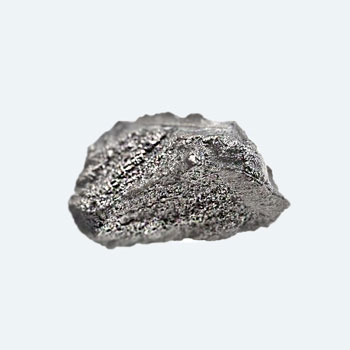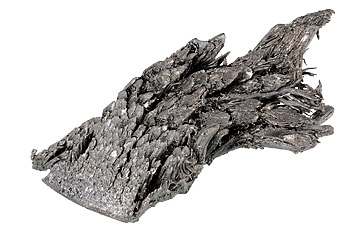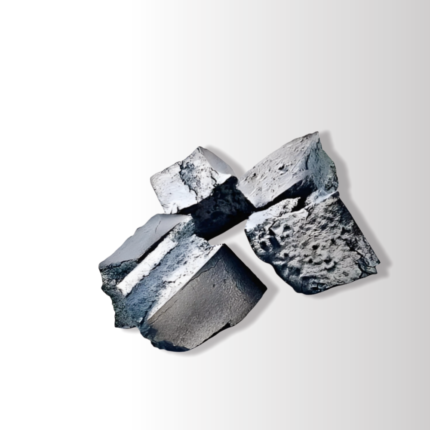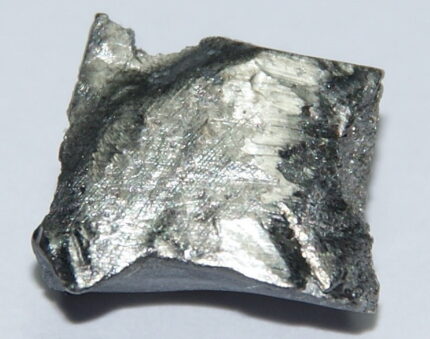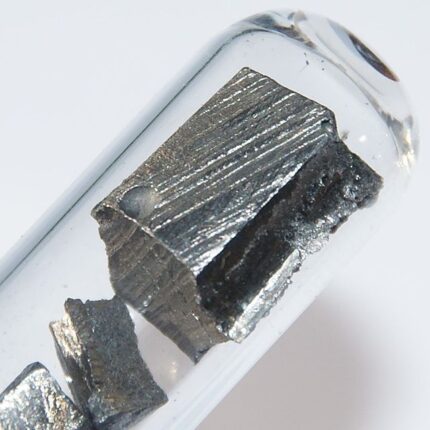Description
Yttrium is a silvery-metallic element with the atomic number 39 and the symbol Y on the periodic table. Discovered in 1794 by Swedish chemist Johan Gadolin, yttrium is classified as a transition metal and is primarily found in rare-earth minerals. While it is not as well-known as some of its counterparts, yttrium plays a crucial role in various high-tech applications. Its unique properties, such as excellent conductivity and resistance to corrosion, make it highly valuable in the manufacturing of electronic components, superconductors, and phosphors used in light-emitting diodes (LEDs) and cathode ray tubes.
One of the most significant applications of yttrium is in the production of yttrium aluminum garnet (YAG), a synthetic crystal that is widely used in lasers and optics. YAG lasers have found extensive use in a variety of fields, including medicine for surgical procedures and materials processing. Additionally, yttrium is essential in the production of certain types of ceramics and glass, which benefit from its ability to increase thermal stability and strength. As the demand for more advanced technologies continues to rise, the strategic importance of yttrium and other rare earth elements is becoming increasingly recognized, particularly for emerging industries like renewable energy and electric vehicles.
Moreover, yttrium holds promise in the field of nuclear science. Yttrium-90, a radioactive isotope, is used in targeted radionuclide therapy, specifically to treat certain cancers, such as liver and non-Hodgkin lymphoma. Its ability to selectively attack cancer cells while minimizing damage to surrounding healthy tissue underscores the importance of yttrium in medical applications. As research and development progress, the diverse utilities of yttrium reinforce its status as a critical element in both current and future technological advancements.

